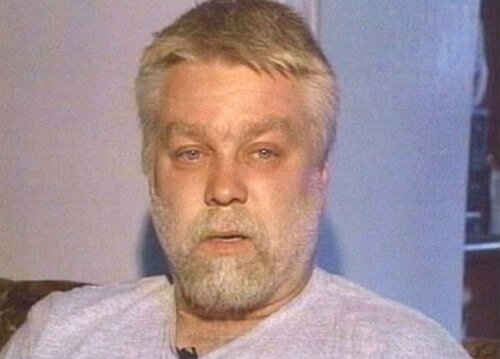In this article, here is the full details of Steven Avery about wiki, biography, date of birth, birthplace, zodiac sign, nationality, hometown, age, height, weight, father, mother, family, girlfriend, wife, relationship status, children, profession, education, career, net worth, facts, Wikipedia, and many more.

Wiki/Biography:-
| Name | Steven Allan Avery |
| Nick Name | Steven Avery |
| Date of Birth | 9 July 1962 |
| Age | 59 Years(in 2021) |
| Birth Place | Manitowoc County, Wisconsin, the United States |
| Gender | Male |
| Zodiac Sign | Cancer |
| Religion | Christianity |
| Nationality | American |
| Sexual Orientation | Straight |
| Hometown | United States |
Net Worth:-
| Profession | Convicted murderer |
| Net Worth | $500 Thousand |
Physical Appearance:-
| Height | 6 feet 0 inches |
| Weight | 98 kg |
| Eye Color | Blue |
| Hair Color | Light Brown |
Education:-
| School | Not Known |
| College | Not Known |
| Qualification | Not Known |
Family Background:-
| Father Name | Allan Avery |
| Mother Name | Dolores Avery |
| Siblings | Chuck Barb Earl |
Relationships:-
| Girlfriend | Not Known |
| Wife Name | Lori Dassey |
| Marital Status | Divorced |
| Children Name | Bill, Jenny Steven Avery Jnr. Rachel Avery |
Stay connected with the wikimavani to know more about other trending personalities the wiki, biography, date of birth, birthplace, zodiac sign, nationality, hometown, age, height, weight, father, mother, family, boyfriend, husband, girlfriend, wife, relationship status, children, profession, education, career, net worth, facts, Wikipedia, and many more.









